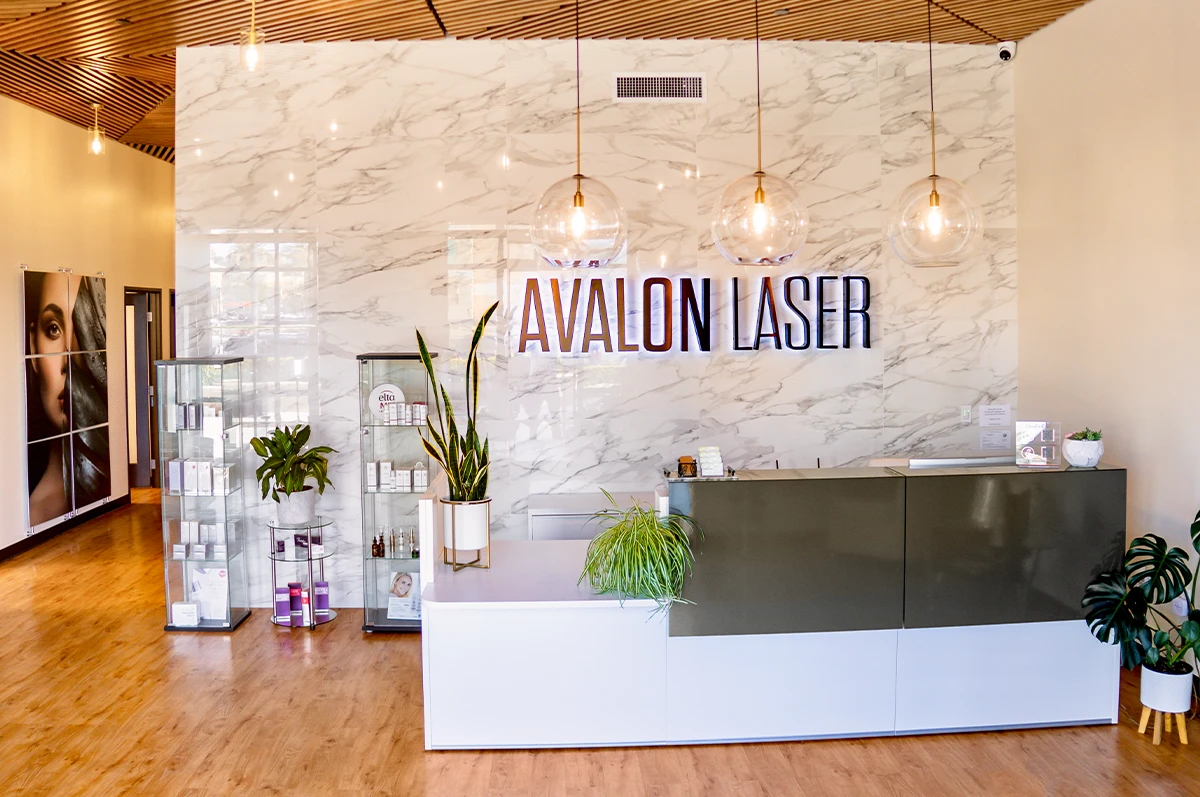When you start noticing Solar Lentigines, commonly known as brown spots or age spots, on your face or hands, it’s a sign your skin has had a little too much sun exposure. These dark spots are one of the most common skin concerns, and while harmless, they can make your complexion appear uneven. Among the various skin treatments available, microdermabrasion stands out as a popular cosmetic procedure designed to rejuvenate your skin, exfoliate the top layer of skin, and restore a more radiant complexion.
What Are Brown Spots?
Brown spots, often referred to as solar lentigines or age spots, are flat, pigmented patches caused primarily by exposure to the sun. Over time, UV rays trigger an overproduction of melanin, resulting in darker skin areas. These are typical on the face, chest, shoulders, and hands, the areas of skin most frequently exposed to the sun.
While they’re not a sign of skin cancer, they are part of common skin aging and sun damage. People with lighter skin color tend to notice them more easily, but darker skin can also develop pigmented areas due to excess sun exposure.
Brown spots Causes
The primary cause of brown spots is exposure to the sun or excess sun over years. Other triggers include genetics, hormonal changes, or using tanning beds. In dermatology, these spots fall under several terms: solar lentigines, liver spots, or simply pigmentation. Regardless of what you call them, they’re one of the most common skin conditions treated in cosmetic dermatology clinics.
Brown spots areas
Solar lentigines most often appear on areas constantly exposed to sunlight, the face, hands, forearms, and shoulders. These are the same areas where skin tends to develop fine lines and uneven skin tone due to long-term sun damage.
What Is Microdermabrasion?
Microdermabrasion is a non-invasive cosmetic procedure that exfoliates the top layer of the skin to remove dead skin cells and stimulate the growth of new skin. It’s often performed by a dermatologist or a trained skincare professional as a safe, in-office treatment that helps make your skin smoother, clearer, and more radiant.
Microdermabrasion Procedure
During the microdermabrasion procedure, a device sprays tiny crystals or uses a diamond-tipped wand to gently remove the top layer of your skin. The goal is to exfoliate, improve texture, and enhance overall skin health. Once the top layer of the skin is removed, the skin beneath becomes smoother, healthier, and more receptive to skincare products.
How It Works
By removing the top layer of skin, microdermabrasion promotes the skin’s natural healing process, triggering the formation of new collagen and encouraging a more even complexion. This rejuvenation helps reduce the appearance of pigmentation, fine lines, and dull skin.
Types of Microdermabrasion
There are two main types of microdermabrasion—crystal and diamond tip. Crystal microdermabrasion uses fine crystals to exfoliate, while diamond tip microdermabrasion gently buffs away the top layer using a diamond-coated wand. Both types aim to rejuvenate your skin and improve overall skin tone and texture.
How Microdermabrasion Treats Brown Spots
Microdermabrasion may help reduce brown spots and pigmentation through controlled exfoliation. It works by stimulating new skin cell growth and fading pigmented areas gradually with multiple sessions. This treatment option is especially effective for superficial pigmentation and dark spots caused by sun exposure.
With each session, treated skin becomes smoother and clearer as the appearance of your skin improves. The process encourages your skin to heal naturally, revealing fresher skin and a more even complexion.
Microdermabrasion Before and After for Brown Spots
A typical microdermabrasion treatment plan includes 3 to 6 sessions spaced a few weeks apart. After each session, you’ll notice that your skin tone and texture improve, and the brown spots fade gradually. Most patients see glowing skin and a visible reduction in uneven skin tone after several treatments.
Before and after imagery often shows smoother skin, reduced pigmentation, and overall healthier skin. Microdermabrasion for dark spots offers steady results without the downtime associated with more aggressive skin resurfacing treatments.
Is Microdermabrasion Right for Your Skin Type?
Microdermabrasion suits many skin types, from lighter complexions to darker skin, though your dermatologist will evaluate your skin type and color before recommending it. For sensitive skin, the dermatologist may use a gentler approach to minimize the risk of side effects.
However, microdermabrasion isn’t ideal for all skin conditions. If you have active acne, rosacea, or very thin skin, this skin treatment might not be suitable. Your dermatologist will determine if it suits your skin type and discuss alternatives that better match your skin concerns.
When It May Not Be Suitable
Microdermabrasion might not be recommended for individuals with open wounds, eczema, or skin cancer. Since it removes the top layer of skin, the skin may be temporarily more sensitive to sun exposure. Always protect your skin from the sun after the procedure to prevent new spots over time.
Alternatives to Microdermabrasion
If microdermabrasion isn’t right for you, there are several alternatives to consider.
Chemical peels: A great option for deeper pigmentation issues. Learn more about how they compare in this guide on Chemical peel vs laser.
Laser treatments: For patients seeking more dramatic results, lasers can target deeper pigmentation layers. Check out How long does laser treatment last and How much is laser scar removal for insights into longevity and cost.
If you’re considering treatment in California, explore Laser treatment in San Diego for professional care.
For pigmentation variations, see Sun spots vs melasma, Freckles vs sun spots, and How to get rid of melasma.
Why You Should See a Dermatologist
Microdermabrasion is best performed by a dermatologist experienced in cosmetic dermatology. They’ll tailor the procedure to your area of skin and monitor how your skin heals between sessions. A skilled professional ensures you achieve smoother skin, minimal pigmentation, and a healthy, even skin tone.
Dermatologists also consider your skin type and color, the thickness of the top layer of skin, and the risk of side effects to design the best treatment plan. Their guidance helps your skin rejuvenate safely, ensuring clearer skin and a youthful-looking skin glow.



